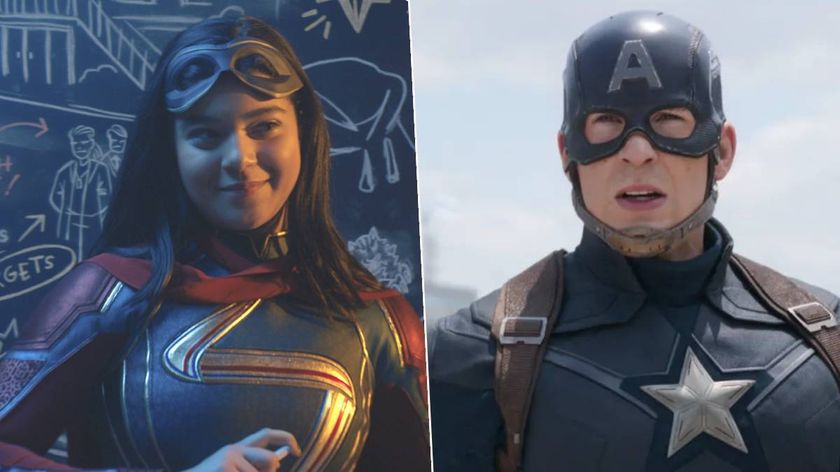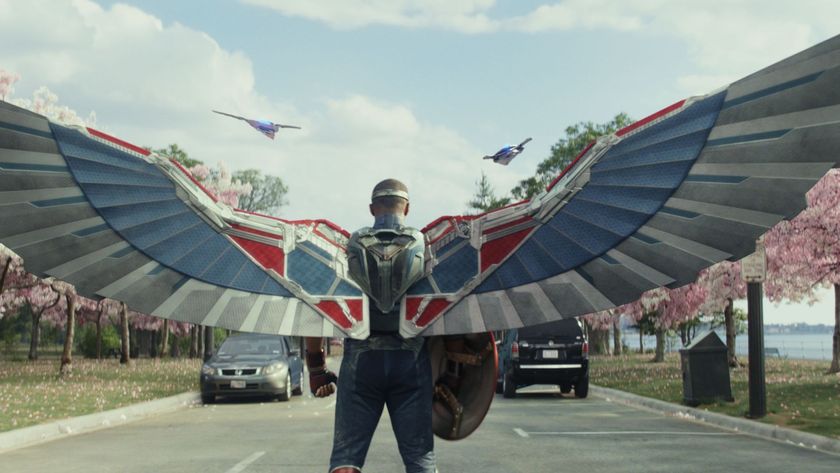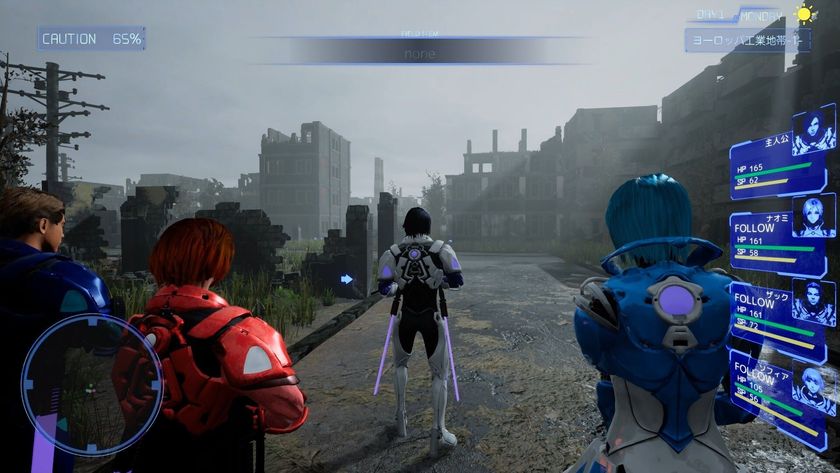Cannes 2017: The director of The Revenant has created a VR experience, and it’s a game changer
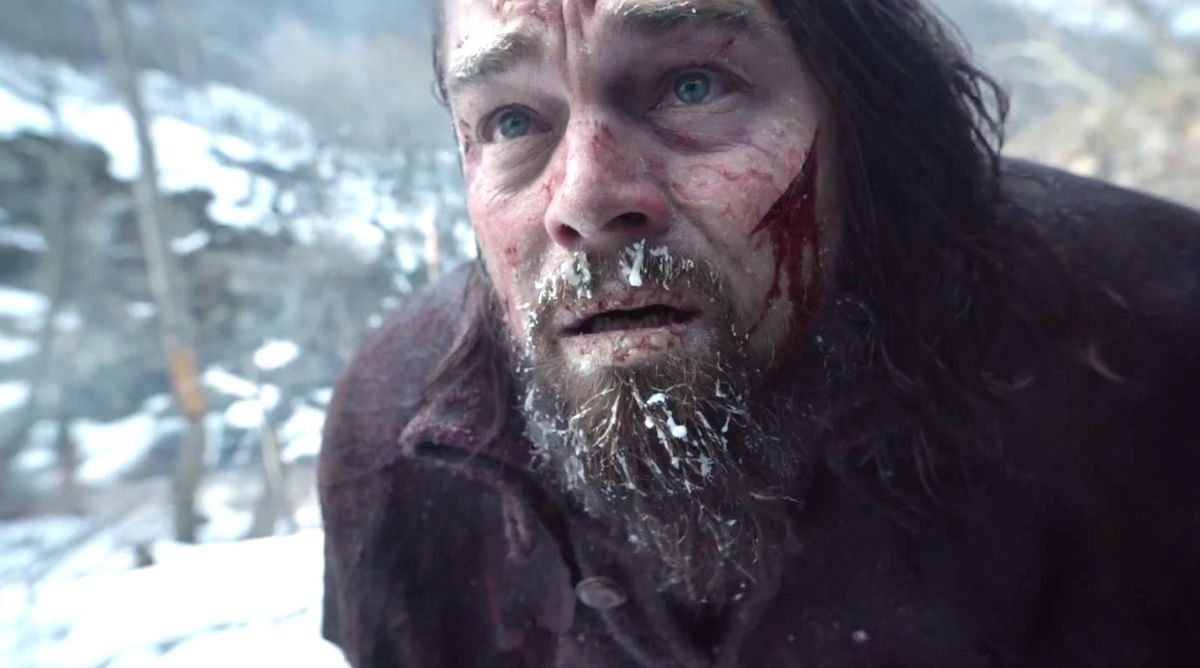
Much like war, Cannes never changes. Except this year it did, in small but significant ways. As well as welcoming two Netflix movies into the competition, and special screenings from two TV series, the festival hosted its first ever Virtual Reality installation – Alejandro González Iñárritu’s Carne y Arena (Flesh and Sand), an immigrant odyssey that may be looked back on as the VR equivalent of the Lumière brothers’ Train Pulling into a Station.
Situated a short drive outside of the centre of Cannes in an aircraft hangar at Mandelieu airport, your first glimpse of Carne y Arena’s custom built enclosure is a sobering one – it’s been constructed using a section of the real corrugated metal wall used to keep the desperate and dispossessed out of America. Walking through the door into the first of three rooms you can’t help but notice the shoes, tattered to the point of uselessness, strewn in piles around you. These are the shoes of refugees who died crossing the border. A sign on the wall asks you to remove your own footwear and place them in a locker before stepping through the door.
The floor of this second room, roughly the size of a tennis court, is covered with sand. But not sand of the happy-childhood-memories-in-Skegness variety; instead the coarse, cold grains feel uncomfortable underfoot, one of the crucial ways Carne y Arena heightens the sensory experience. In the middle of the gloomy space a pair of technicians hand you a backpack, place an Oculus Rift on your head, and after 10 seconds you’re in the Sonoran Desert, able to freely move and look around the virtual environment. It begins in the dead of night, your vision limited to just the few feet in front of you and an outline of the surrounding hills, which are framed by the pre-dawn light. Shot by multi-Oscar winning cinematographer Emmauel Lubezki, it’s an evocative location and, in its own way, quite beautiful. Eventually the eerie silence is broken by voices belonging to migrants of all ages who appear exhausted and dishevelled from days of travel.
Suddenly a light appears in the distance before quickly closing the gap, the blinding beam of the helicopter, a sudden gust of wind and the thunderous sound of its propellors causing everyone around you to freeze in their tracks while border patrol pull up in Humvees. As the armed enforcers demand you get down on your knees you’re compelled to follow their commands. But just as things get heated Iñárritu segues into a flight of fancy, a table appears in the desert and the immigrants sit around, watching a different kind of crossing – a journey by boat that goes horribly wrong as the vessel capsizes.
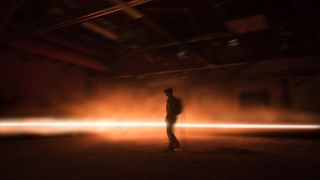
When the events snap back to ‘reality’ there’s a moment of realisation – the cops can’t see you, you’re essentially an ethereal observer, even able to glimpse inside the bodies of the migrants and see their beating hearts. The installation is defiantly not a game (it’s entirely non-interactive in the traditional sense), and isn’t really a short film either. The closest equivalent is an art exhibit, one that breathes and moves as you explore it from every angle. Invisible, but vigilant you wait and watch as the police incarcerate their captives. Then suddenly, like you’ve just materialised out of thin air, the cops turn towards you, point their guns in your face and demand you get down right now.
The effect, of course, is to put you in the middle of an experience most will never have, a genuinely scary and affecting one at that. Far from a funhouse ride, it feels closer to a new narrative form with a powerful purpose, despite running at a mere six and a half minutes. The technology isn’t quite there – visuals far from crystal clear, character models impressive but hardly photo real – but as an indicator of what’s to come it’s exhilarating.
When the Rift and backpack are removed you retrieve your shoes and enter the third and final room, a long corridor where it’s revealed that the events you’ve just been a part of are based on an actual border crossing, and assembled from hours of testimonial from the migrants involved. All along the wall are holes containing ultra-vibrant LED screens, on each a refugee who you’ve just shared a space with stares silently as their story is told in text. The cumulative effect has an overwhelming impact – these aren’t characters in a story but people, the installation humanising an event portrayed countless times on screen in a vital and urgent way that blends film, fact, videogame and art installation. And though it doesn’t push its politics, the message couldn’t be clearer.
Sign up for the Total Film Newsletter
Bringing all the latest movie news, features, and reviews to your inbox
Of course, an experience quite this elaborate is one you could never recreate at home, unless you’re willing to turn your living room into a desert. But it’s going on tour, first to the Prada Foundation in Milan from June to January, and to LACMA in LA, from July to September, with more cities expected to follow. It’s an experience everyone with means should seek out.

I'm the Deputy Editor at Total Film magazine, overseeing the features section of every issue where you can read exclusive, in-depth interviews and see first-look images from the biggest films. I was previously the News Editor at sci-fi, fantasy and horror movie bible SFX. You'll find my name on news, reviews, and features covering every type of movie, from the latest French arthouse release to the biggest Hollywood blockbuster. My work has also featured in Official PlayStation Magazine and Edge.
Most Popular





